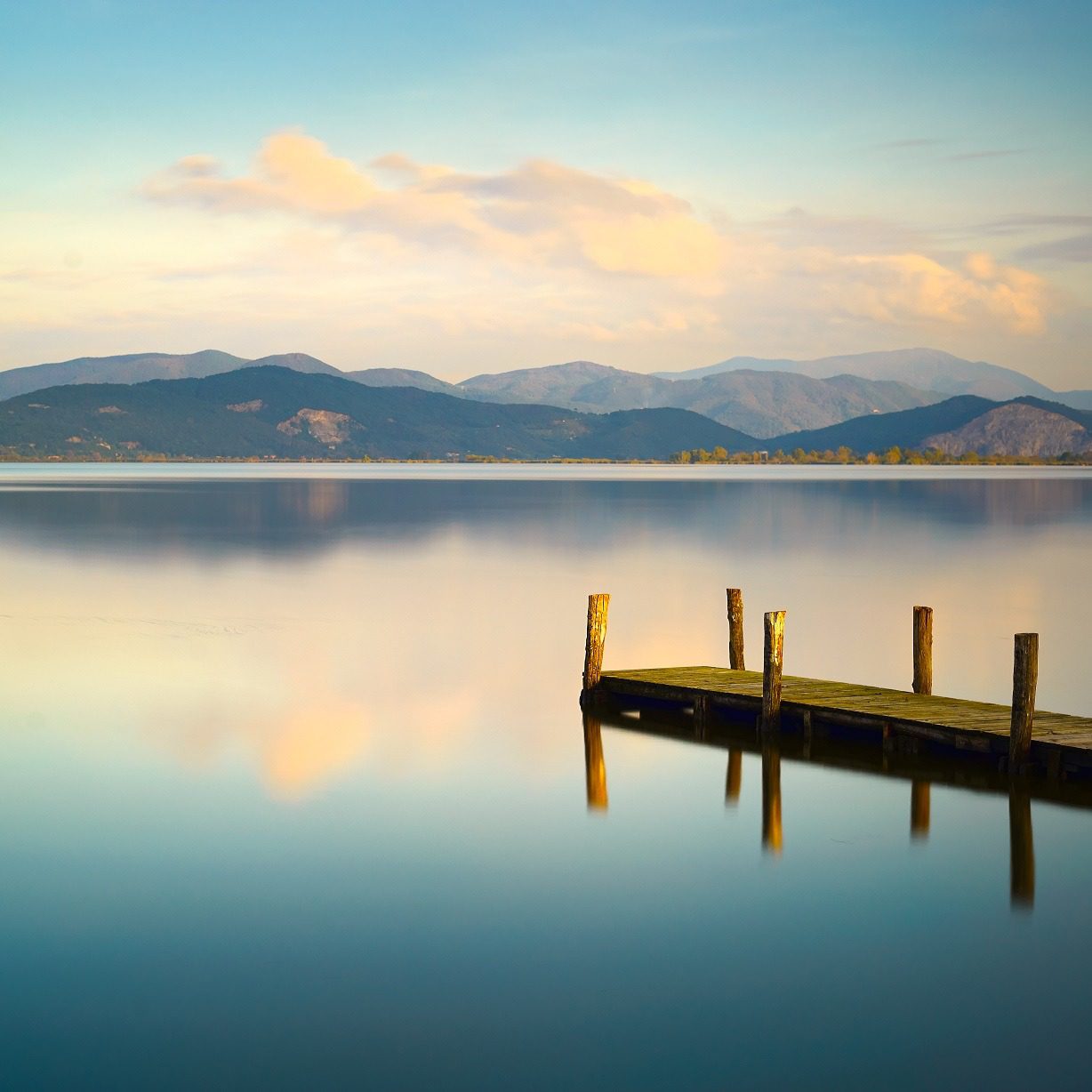A number of years ago I wrote an article about the Ministry of Forest, Lands and Natural Resources’ decision to direct additional resources towards reviewing foreshore rights and enforcing the use and construction of docks, retaining walls and other structures along the shoreline.
Giving the ongoing flood event in the Okanagan, it seems an opportune time to partially revisit this issue to discuss the rights of an owner who owns land adjoining public bodies of water (referred to as riparian rights).
Foreshore Rights
First, I should provide a brief primer on the interplay between a waterfront owner and the Province of B.C., which owns the foreshore in all but some very rare cases. By legislation, the Province reserves ownership over the “foreshore”. The “foreshore” is determined by the present natural boundary which is generally speaking the naturally occurring high water mark.
The present natural boundary is not set in stone. It can often change with the naturally occurring ebb and flow of a given body of water. As the boundary naturally retreats (accretion), the owner’s land gets ‘larger’. As the boundary rises (erosion), the property gets ‘smaller’. For example, there are properties in Kelowna that have seen their present natural boundary extend 80 to 90 feet further into Lake Okanagan over a 20-30 year period, only to see it all erode away in the intervening decades.
Importantly, this ebb and flow must occur naturally. Major flood events, creating a one off high water mark, do not “erode” property – at least so long as the water returns to normal, without actually eroding land. Major drought events, creating a one off (low) high water mark do not add property that an owner can seek to claim and protect using riparian rights. Furthermore, an owner cannot create a new boundary by dumping rocks or other material into a lake or river.
Practically speaking, therefore, a waterfront owner’s property is defined on the water side by a potentially shifting boundary that requires the assistance of a surveyor to determine with any accuracy – and even then, that boundary can subsequently change.
Because a waterfront owner does not own the foreshore, they need to approach the Province to seek permission to build structures that are on or over the foreshore (i.e. docks) and there are a number of regulatory requirements that will apply, which my previous article covered in greater detail.
Docks and Retaining Walls
When reviewing existing waterfront properties, however, it is not enough to see structures at or below the present natural boundary to conclusively determine that the structures were built in trespass or in such a manner that violates regulations. This is because the present natural boundary can change over time, and riparian rights provide some measure of rights that might be relevant to any given property and its structures.
Riparian rights are an ancient concept within the common law. Over time some of these rights have been modified or eliminated by legislation. However, the rights that do remain are considered part of the rights of ownership – they ‘run with the land’. The rights include a right to protect against erosion, the right to add naturally occurring accreted land and the right to access deep water for the purposes of navigation (but this right likely does not extend to a right to affix anything to the foreshore).
The right that is the most relevant to the issue of foreshore access is the right to protect against erosion. A property owner has the right (although care should be taken to examine any relevant municipal or local government rules) to build protective improvements, including walls and embankments. This right exists up to, but not beyond, the present natural boundary at the time the protective improvement is constructed. What this may mean is that as the high water mark rises, the natural boundary on surrounding properties rises, but the property owner in question’s boundary is set by the protective improvement. The practical result can be significant and can have a meaningful impact on the ability to use the foreshore as a means of travel.
In summary, the ability of a waterfront owner to build docks and other structures is subject to fairly meaningful Provincial limits and regulation. Riparian rights largely do not assist an owner in terms of building traditional dock structures – and do help protect decks or other structures that trespass on the foreshore.
However, to understand foreshore use and access when faced with a retaining wall or other structure that might protect against erosion, riparian rights and the historical high water mark at the time of construction are very relevant. Care should be taken to obtain the necessary information before any final conclusions are made about how someone is, or is not, improperly using public land. Property owners, especially those who purchased after a given structure was constructed, may wish to seek assistance form surveyors and legal counsel to determine the extent of their rights.
The information provided above is for educational purposes only. This information is not intended to replace the advice of a lawyer or address specific situations. Your personal situation should be discussed with a lawyer. If you have any questions or concerns, contact a legal professional.
